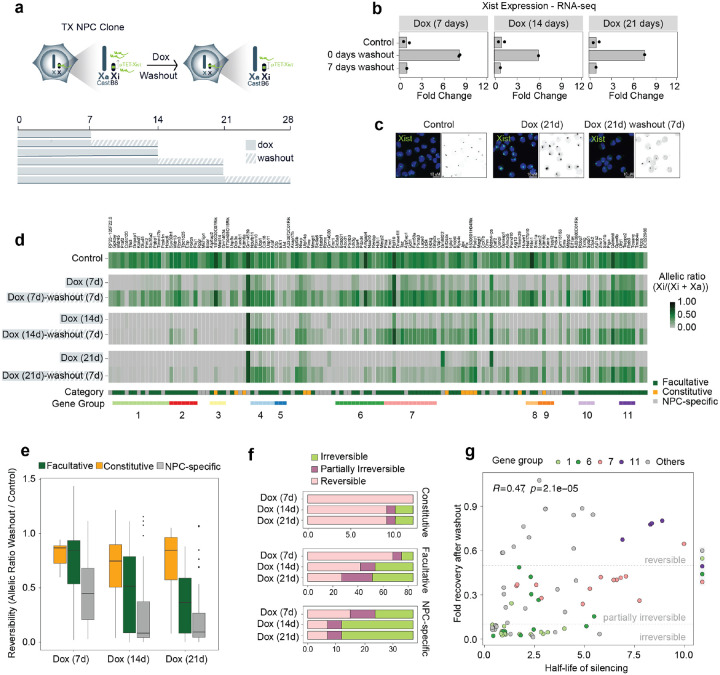Figure 4: Silencing of most escapees becomes Xist-independent after prolonged Xist upregulation.
a, Experimental outline: Xist upregulation was induced by doxycycline treatment for 7, 14, and 21 days following 7 days of doxycycline washout. b, RNA-seq data showing fold changes in Xist expression (normalised CPM) compared to untreated control cells after 7, 14 and 21 days of doxycycline treatment followed by 7 days of doxycycline washout. Data relative to the mean of measurements in clone E6 is shown. c, FISH for Xist RNA (green) in NPC clone E6 in untreated conditions (Control), after 21 days of doxycycline treatment (Dox 21d), and following 7 days of doxycycline washout (Dox 21d - washout 7d). DNA is stained with DAPI. d, Heatmap showing allelic ratios of 133 escapees identified in clone E6 upon doxycycline treatment for 7, 14, and 21 days and following 7 days of doxycycline washout after these time points. Escapees are assigned to three different categories as described in Supplementary Figure 1 (see Methods). e, Box plots quantifying the reversibility of escape per gene for each time point, by computing the ratio of allelic ratios after washout divided by the allelic ratio in untreated samples. f, Boxplots showing a classification of genes into irreversible, partially irreversible and fully reversible escapees across the silencing time course. Genes are considered reversible when they reach at least 50% of untreated escape as well as an allelic ratio > 0.1 after washout. Similarly, they are considered partially irreversible when they reach 10%−50% of untreated escape and an allelic ratio > 0.1, and irreversible otherwise. g, Scatterplot comparing silencing half-lives (see Fig. 1) to fractional reversibility (e). Genes in a subset of local gene groups are highlighted to show their coordinated behaviour.

